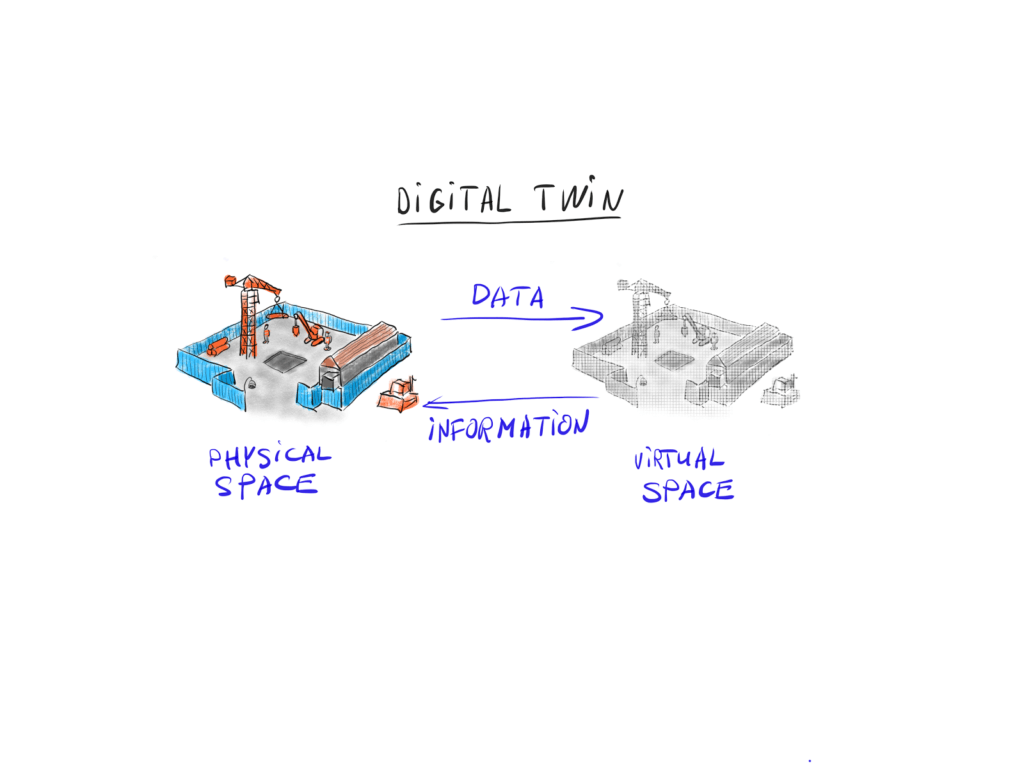The concept of a digital representation of a building that can be analyzed prior to actually building it, as embodied by BIM. Digital models can now be dynamic rather than static, thereby staying in sync with the physical objects they are representing. This technology is called “
digital twins,” the name coming from the “twinning” of the physical model with the digital. This
AECbytes paper explores the technology of digital twins and its potential in the AEC industry to go much further than BIM in terms of impact and benefits.
“
digital twin — a concept of
having a real-time digital representation of a physical object. Usually,
digital data is formed by sensors that continuously monitor changes in
environment and report back the updated state in the form
of measurements and pictures. … A digital twin is essentially a link
between a real world object and its digital representation that is
continuously using data from the sensors. All data comes from sensors
located on a physical object”

“The digital representation is later used for visualization, modeling, analysis, simulation and further planning.”
“Technologies like
augmented reality in construction are emerging to digitalise the construction industry, making it significantly more effective.”
Useful application of digital twins in construction
- Automated progress monitoring
- As-built vs as-designed models
- Resource planning and logistics
- Safety monitoring
- Quality assessment
- Optimization of equipment usage
Getting Data for Digital Twins
- Smartphone Cameras
- Time-Lapse Cameras
- Autonomous UAV and Robots
- Video Surveillance Cameras
- Head-mounted Cameras and Body Cameras
Image data processing algorithms for digital twin creation
- 3D Reconstruction: Conventional Photogrammetry
- 3D Reconstruction: Structure from Motion
- Object Detection and Recognition
- Localization
- Object Tracking
Full article:

No comments:
Post a Comment